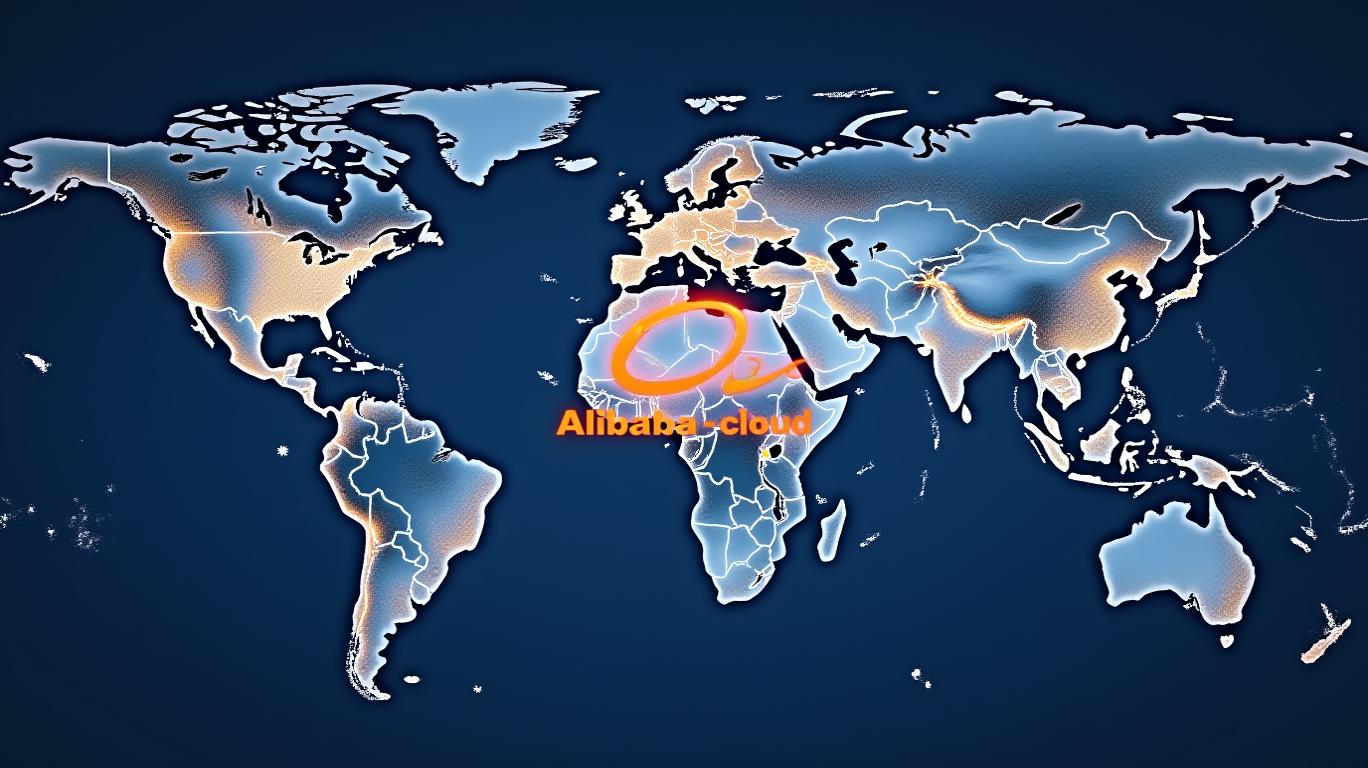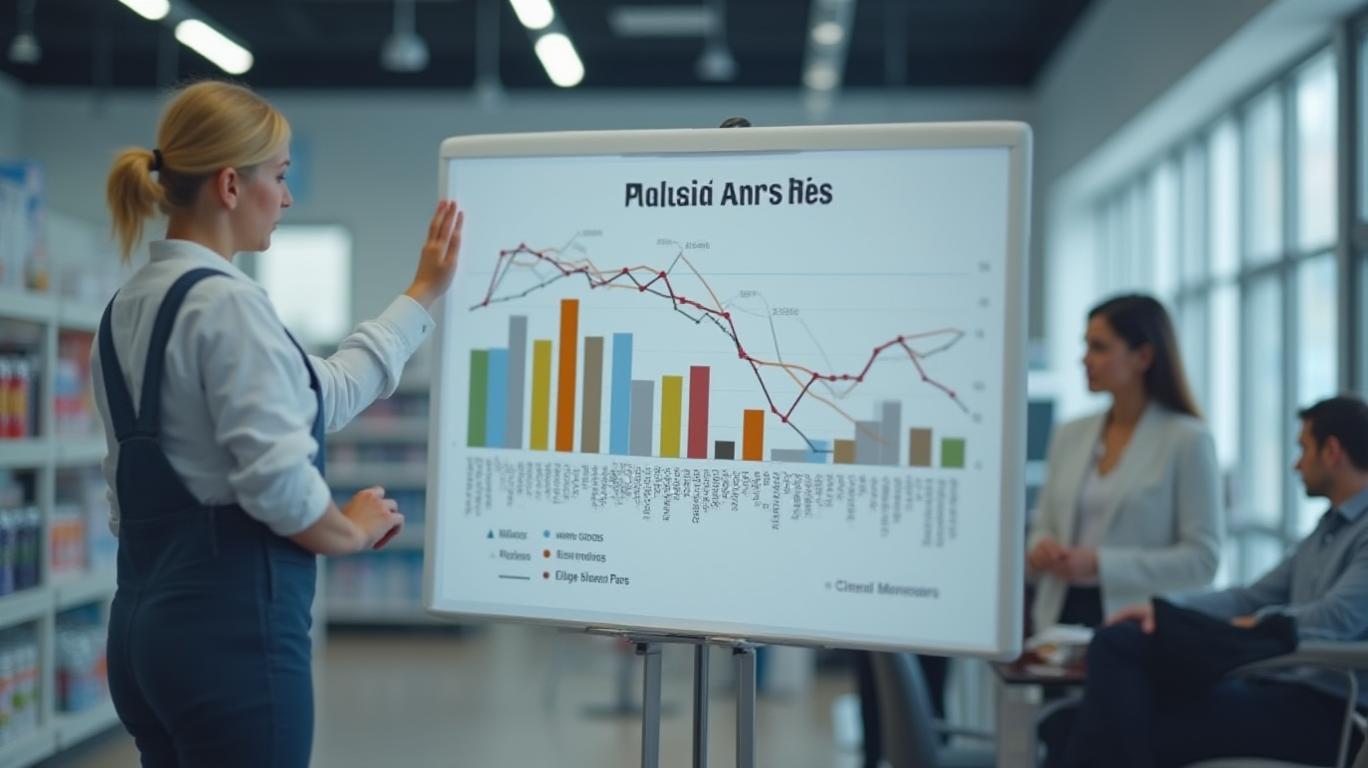Latour's NAV Dips Slightly in Q1: A Temporary Setback or Strategic Opportunity?
Investors in Investment AB Latour are digesting the news that the company’s net asset value (NAV) per share ended the first quarter of 2025 at SEK 213, a slight decline from the end-of-2024 level of SEK 215. While this marks a modest retreat from the year’s earlier gains, the broader context of Latour’s performance reveals a complex picture of resilience, strategic bets, and challenges in its core industrial sectors.

The NAV Decline in Context
The 11.0% rise in NAV from the start of 2024 to year-end (from SEK 198 to 215) had outperformed the SIXRX benchmark’s 8.6% gain. However, by February 10, 2025—the latest reported date—the NAV had dipped to SEK 213, a 0.9% drop from its December peak. This slight reversal underscores the volatility of Latour’s portfolio, which includes both listed equities (priced at market) and unlisted industrial holdings whose valuations rely on internal metrics.
What’s Driving the Decline?
The drop appears tied to market fluctuations in early 2025 and mixed performance across Latour’s industrial divisions. Key issues include:
1. Industrial Operations Struggles:
- Despite strong Q4 2024 order intake (+9% organically), full-year 2024 net sales grew only 1% organically, with operating profit slipping 3% to SEK 3,708 million. Margins compressed to 14.3% from 14.9% in 2023.
- Challenges in converting orders into sales and margin pressures suggest lingering macroeconomic headwinds, such as supply chain bottlenecks or pricing constraints.
- Acquisition Integration Risks:
Late 2024 and early 2025 acquisitions—such as Bemsiq’s Canadian purchase and Swegon’s Howatherm deal—added ~SEK 3 billion in annualized sales but may require time to integrate. Acquisitions often face short-term execution hurdles, which could weigh on near-term profitability.
Unlisted Portfolio Valuations:
- Unlike listed assets, Latour’s wholly-owned industrial operations lack active market bidding, making their valuations more subjective. If these valuations were adjusted downward in Q1, it could explain part of the NAV dip.
Underlying Strengths Remain
Despite the NAV decline, Latour’s fundamentals suggest long-term stability:
- Cash Flow Resilience: Operating cash flow hit SEK 3,651 million in 2024, a robust figure supporting debt management and dividends.
- Debt Position: Net debt of SEK 14,021 million represents just 8% of the market value of total assets, a conservative leverage ratio.
- Dividend Confidence: The proposed dividend hike to SEK 4.60 per share (+12.2%) signals management’s belief in sustained NAV growth.
CEO comments highlighted that margin recovery is possible if economic conditions improve, with targets to return to 2023’s 14.9% industrial margin. Additionally, acquisitions are projected to drive ~9% top-line growth in 2025, a sign of strategic momentum.
The Bigger Picture: A Strategic Play?
The NAV dip to SEK 213 may present a buying opportunity for investors willing to look beyond short-term volatility. Latour’s SEK 5 billion M&A pipeline and focus on high-growth sectors—such as smart building technologies (via Swegon) and EV battery components (via CTEC)—align with structural trends. Meanwhile, the dividend increase and low debt underscore financial discipline.
Conclusion: A Dip, Not a Downturn
While the Q1 NAV decline is notable, it’s likely a temporary blip rather than a fundamental shift. Latour’s strong cash flow, disciplined balance sheet, and pipeline of accretive acquisitions position it to rebound. The SEK 213 NAV as of early 2025 is still up 8.5% from early 2024 levels, and the company’s industrial divisions—despite margin pressures—are expanding their footprint in high-demand markets.
Investors should focus on Latour’s long-term growth trajectory: with 9% projected sales growth from acquisitions, potential margin recovery to 14.9%, and a dividend yield of ~2%, the stock appears attractively positioned. The dip offers a chance to buy a resilient Nordic industrial conglomerate at a discount, provided investors can stomach short-term volatility.
In sum, Latour’s Q1 NAV decline is a speed bump on an otherwise solid road. For patient investors, the fundamentals still point upward.










